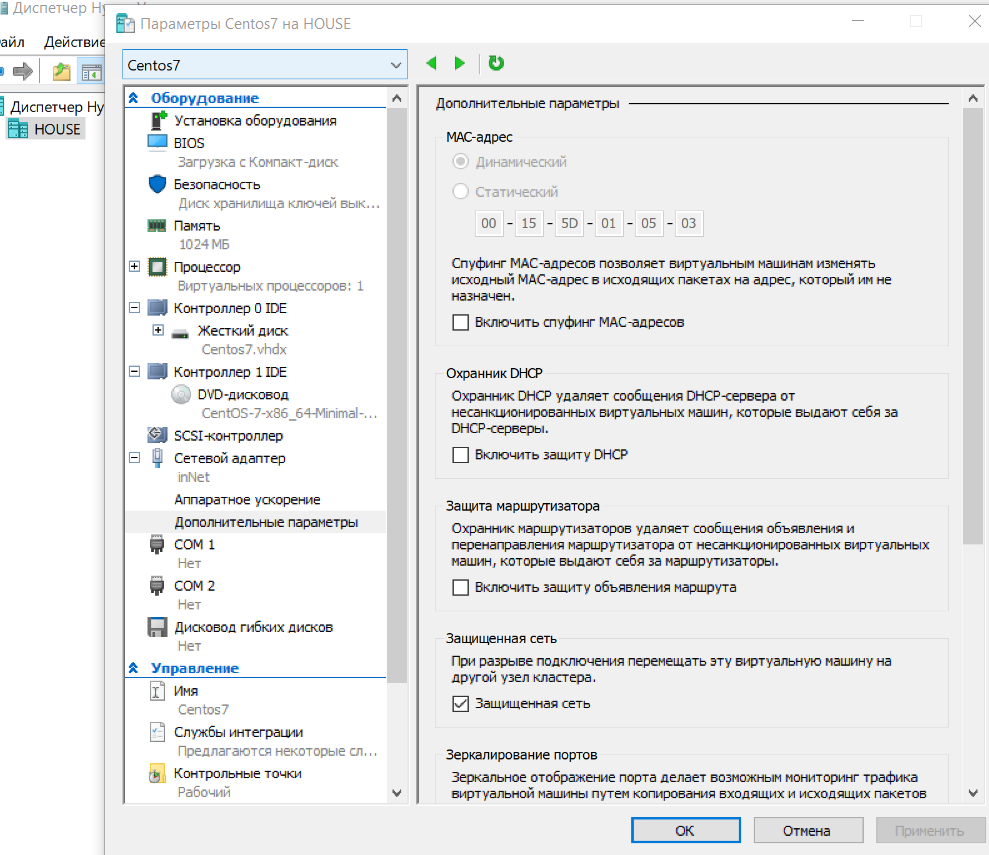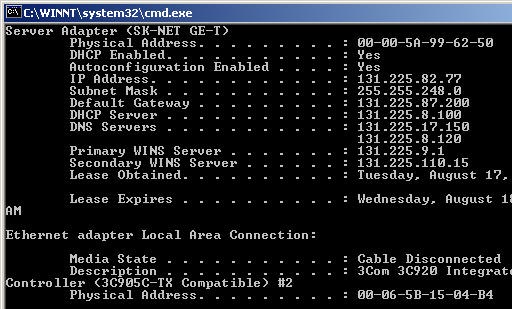
Downloading Files Is the Only Way to Get Malware Always ensure the website you’re visiting is genuine and reputable, regardless of whether it uses HTTPS. Cybercriminals can also use HTTPS on their malicious sites, tricking visitors into thinking these sites are safe. HTTPS only ensures secure transmission of data it does not ensure the integrity of the site’s content. However, this does not guarantee that the website itself is safe.

It’s true that HTTPS encrypts your communication with the website, which prevents snoopers from reading the data in transit. Most internet users have been taught to trust websites that use HTTPS, indicated by a padlock symbol in the browser’s address bar. A Secure Website (HTTPS) Means It’s Safe to Browse For more robust privacy, you might consider using a VPN or a privacy-focused browser like Tor, though these tools also have limitations that we will discuss later. Also, if malware lurks on your device, incognito mode won’t hide your activities from it. Your internet service provider (ISP), network administrator, and the websites you visit can still track your activities while in this mode. RELATED: Is Tor Really Anonymous and Secure? However, this only applies to your particular device and browser. Incognito mode provides privacy by not storing your search history, cookies, or form data. The myth that incognito or private browsing mode makes you completely anonymous is a common misconception. address at the top of the list, for example, indicates that is a Cisco device.Incognito Mode Makes You Completely Anonymous

Using a tool like the one at, you can determine the manufacturer of each of the network interfaces listed. The netmasks are all 255.255.255.255 since all the references are host-specific. The network interface (there may be more than one) and each host the system is reaching through that interface and its physical address is listed. Other addresses may be static as well as the one indicated above, but these entries were picked up as a response to network traffic, not statically added to the table through a deliberate arp -s command. P = publish (i.e., explicitly added by an arp -s command)

In this display, the following flags have been used: S = static


 0 kommentar(er)
0 kommentar(er)
